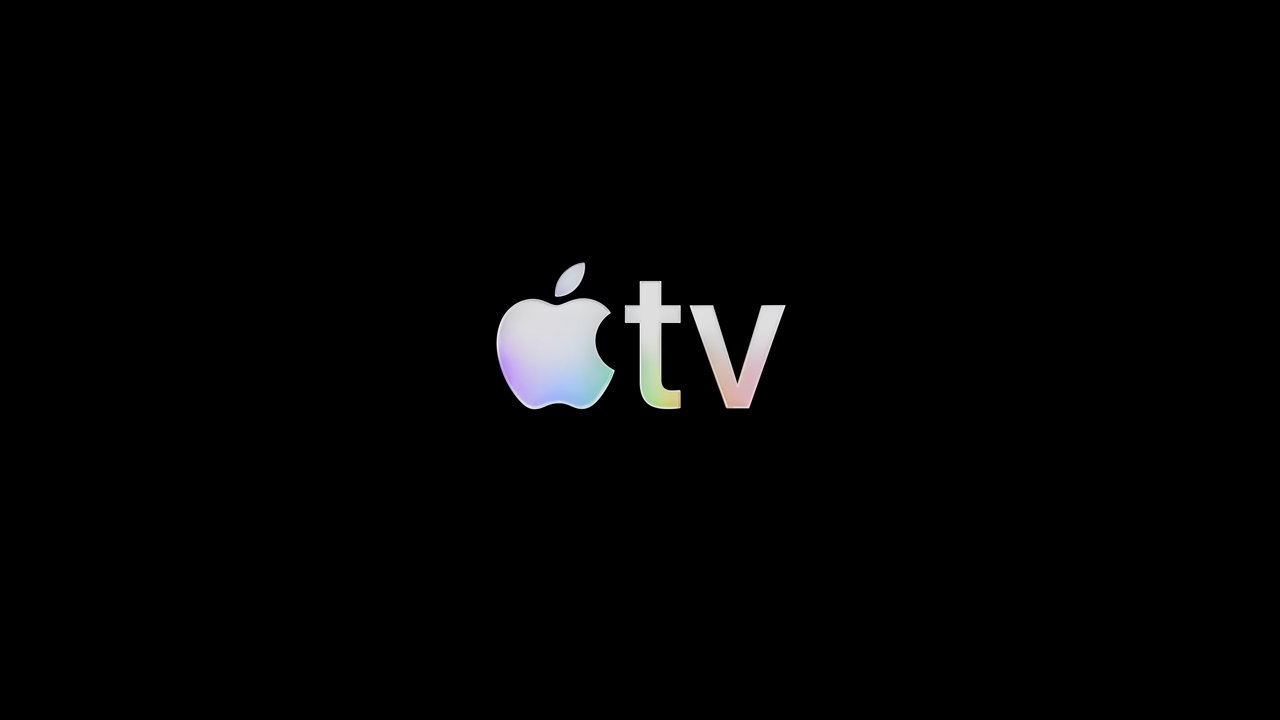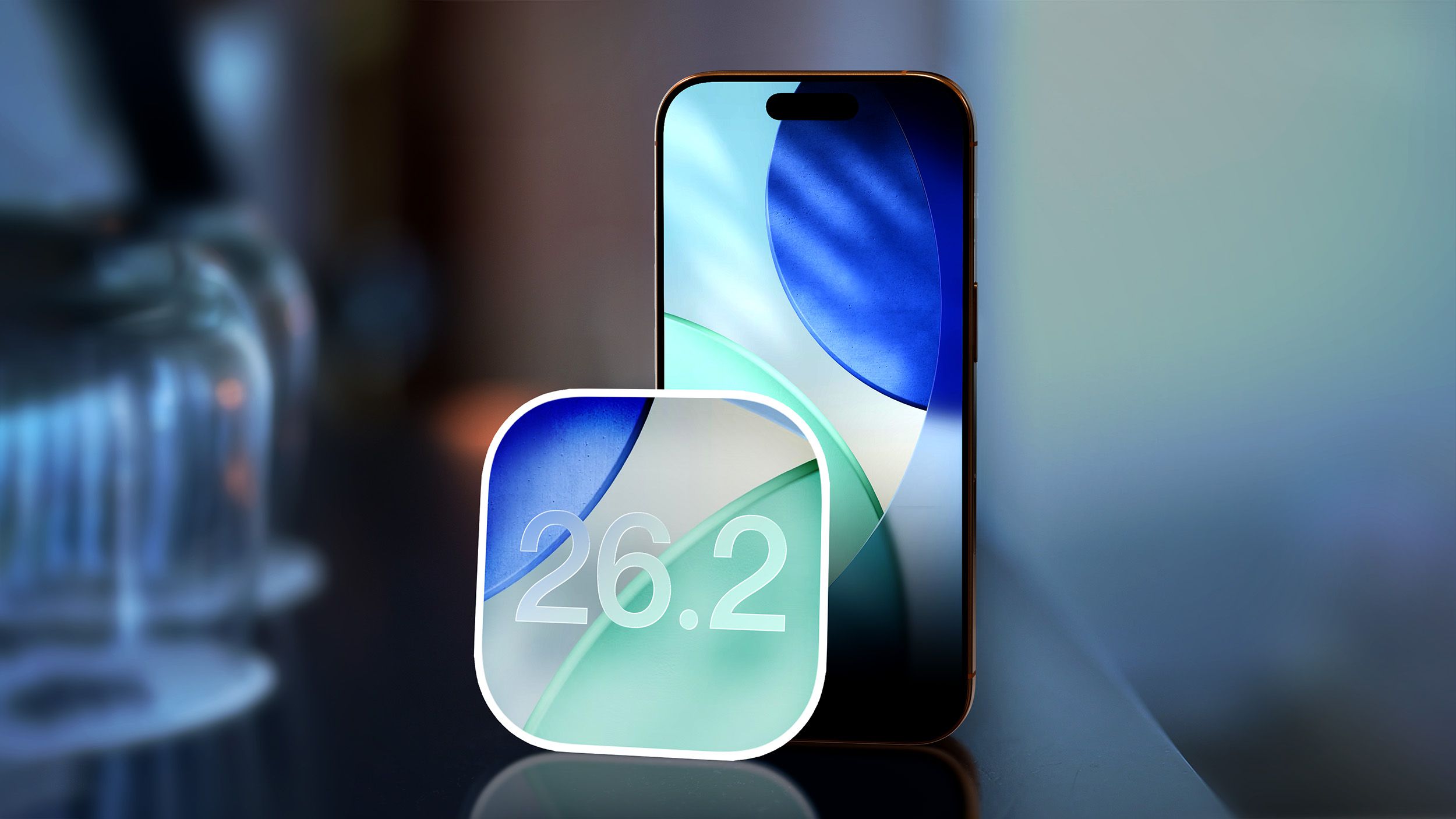While the mobile phone is a ubiquitous feature of modern life, there is still a dichotomy between the two major platforms of iOS and Android.
For the past 15 years or so, iOS and Android have been duelling for market share in this industry. The growth rate overall of mobile usage has grown exponentially, but Android has comfortably stayed out in front of Apple in terms of number of devices in hands.
Will that ever change? Will there be a breakthrough that pushes iOS to the forefront, or is the balance likely to stay the way it has been for the last decade?
Cameras
The main battles between Android and iOS have essentially boiled down to camera capability. It is one of the first features that is pushed when new launches of hardware come along.
So, while fancy features like a folding screen, titanium shells and various ranges of phone sizes and chips continue to be developed, for most consumers, it's irrelevant. The big pull is what the latest phone camera can do for them.
What could lie ahead on this important smartphone battleground?
While they are not going to catch up with elite SLR cameras, the standards are likely to continue to improve. Future mobile cameras could be hidden under a transparent screen. There may well be greater importance placed on the quality of the front-facing cameras because of the massive trend of selfies, content creation and social media streaming.
Augmented and virtual reality
The natural progression is for greater development of augmented and virtual reality, which are probably going to come with necessary extra hardware on top. But this is becoming increasingly significant, with widespread uses from online casino gaming to virtual social meet-ups.
Think of walking into the live lobby of a virtual casino and having a fully immersive experience. Mobile phones are big gaming platforms, and this is one huge area in which AR and VR should expand – if battery power can keep up.
Environmental view
One shift that many people will hope to see is towards more environmentally-friendly smartphones. Apple has sort of hinted in that direction, with major Android provider Samsung having also stated a push for more sustainability.
On the Android side, this could be an entirely new market, an area of new opportunity for new companies to enter the smartphone scene from a specific green angle. Battery power ties into this – perhaps a greater integration of solar or improved lithium power in the future.
Android will continue to lead the way
Android commands around 71% of the global mobile phone market. Back in the relative infancy of the mobile phone market, it was predicted that Android would hold about 87% of the global share by 2023.
It hasn't quite hit those numbers, but it has a substantial lead, such that it's hard to predict a major shift in the next decade. Android has some significant advantages when it comes to consortiums, namely that Android devices are a lot cheaper than iOS devices.
This comes from the development end, where Android phones are much more cost-effective to develop. There is also a vast amount of competition between different phone makers, which helps keep prices low.
Apple, in contrast, has locked itself onto an island where it is only competing with itself. The iOS platform is always going to remain a costly development item. It is unlikely to ever be enough to separate it sufficiently from direct Android competition to see it take over.
Apple tops the features
Apple does arguably outshine the Android platform for its neatly packaged suite of features found on its ecosystem – services such as Apple Music, Apple Fitness, iCloud storage and Apple TV.
Apple also relies heavily on developing the sales of its additional items and accessories. The range of Apple watches and earbuds, and ultimately, the connectivity between smartphones, iPads and Macs, is hard for a consumer to give up once they enter the Apple-verse.
Is the next big thing a decline?
Smartphone sales have declined to what they were 10 years ago. People want to hold on to what they have for longer, largely because of the expense of buying a newly-launched unit. It has almost reached the point where there is no need to.
Things have arguably stagnated, seemingly having come to a threshold of major updates and advances. Developments from one model to the next are no longer huge leaps like they were.
Things have gone a little stale. What might a new smartphone look like in 2030? Perhaps not much different from this year's latest releases.















